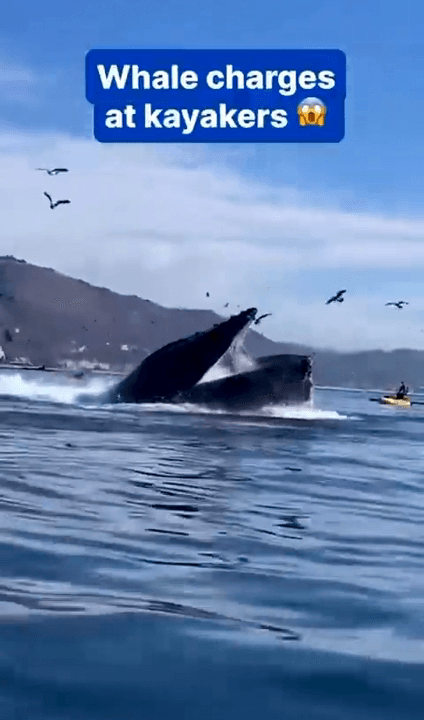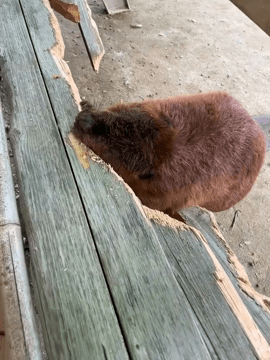
A breaching humpback whale knocked two kayakers into the water near Avila Beach, California. No one was injured in the capsize, according to reports. This footage, recorded by Mandy Boyle, shows the moment the huge mammal breaches the water's surface and knocks over the kayak with two people in it. Boyle said both the kayakers were unharmed and quickly returned to the surface, but harbor officials said the two kayakers were lucky to be alive. Humpback whales are known to be active near the California coast year-round, and officials advise people to keep a football field's distance between themselves and whales when possible to avoid situations such as a capsize. A humpback whale (Megaptera novaeangliae) is highly unlikely to eat a kayaker—or even attempt to do so. Humpback whales are not predators of humans or large mammals, and their diet consists almost entirely of small marine organisms such as krill, plankton, and small fish like herring or anchovies. Here's why they wouldn't ea
Post: 23 February 14:01













































